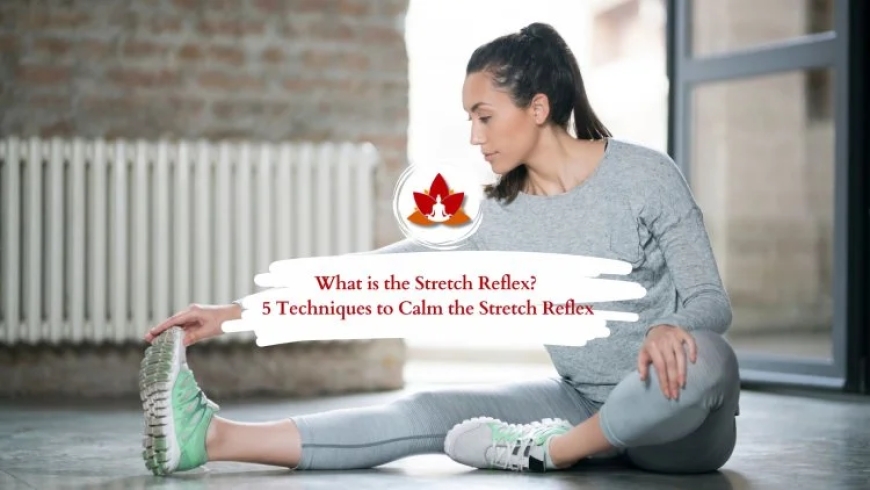Understanding the Stretching Reflex: How the Body Protects and Balances Itself
The stretching reflex, also known as the myotatic reflex, is a fundamental neuromuscular response that helps maintain muscle tone and posture. Triggered when a muscle is suddenly stretched, this reflex causes the muscle to contract automatically, protecting it from overstretching and potential injury. Commonly tested in clinical settings through reflex tests like the knee-jerk response, the stretching reflex plays a crucial role in everyday movements and balance.

The stretching reflex, also known as the myotatic reflex, is an essential part of the bodys neuromuscular system. It plays a critical role in maintaining muscle tone, posture, and coordinated movement. This reflex is an involuntary response that occurs when a muscle is suddenly stretched, triggering an automatic contraction to resist the stretch. Its one of the body's built-in protective mechanisms designed to prevent muscle damage and maintain stability.
How the Stretching Reflex Works
At the core of the stretching reflex is the muscle spindlea specialized sensory receptor located within skeletal muscles. These spindles detect changes in muscle length and the speed at which those changes occur. When a muscle is stretched rapidly, the muscle spindle sends an afferent signal to the spinal cord. In response, the spinal cord sends an efferent signal back to the same muscle, causing it to contract. This reflex arc happens within milliseconds and does not require input from the brain, making it incredibly fast and efficient.
A classic example of the stretching reflex in action is the patellar tendon reflex, or "knee-jerk" reaction. When a doctor taps the patellar tendon just below the kneecap, the quadriceps muscle is briefly stretched. The muscle spindle within the quadriceps detects the stretch and triggers an immediate contraction, causing the lower leg to kick forward.
Functions and Importance
The stretching reflex serves multiple important functions in the human body:
-
Postural Control: It helps maintain upright posture by automatically adjusting muscle tone in response to body movements or external forces.
-
Injury Prevention: By resisting sudden or excessive stretching, the reflex protects muscles and tendons from being overstretched or torn.
-
Movement Coordination: It plays a role in fine motor control and smooth movement by modulating muscle tension during activity.
Clinical Significance
Healthcare professionals often test the stretching reflex during neurological exams to assess the integrity of the nervous system. Abnormal reflex responseseither exaggerated or diminishedcan indicate issues such as nerve damage, spinal cord injuries, or neurological disorders like multiple sclerosis or neuropathy.
For example:
-
Hyperreflexia (overactive reflexes) may be a sign of upper motor neuron lesions.
-
Hyporeflexia or areflexia (reduced or absent reflexes) may suggest damage to peripheral nerves or lower motor neurons.
Role in Exercise and Rehabilitation
Understanding the stretching reflex is also vital in sports science and physical therapy. During activities like stretching or strength training, knowledge of how this reflex works can guide techniques to improve flexibility while minimizing injury. Techniques such as Proprioceptive Neuromuscular Facilitation (PNF) stretching intentionally manipulate the reflex to enhance muscle relaxation and lengthening.
Conclusion
The stretching reflex is a crucial automatic response that allows the human body to function safely and efficiently. From preventing injuries to supporting posture and balance, it is an integral part of our neuromuscular system. Whether you're an athlete, therapist, or simply someone interested in how the body works, understanding the stretching reflex offers valuable insight into human movement and health.












































